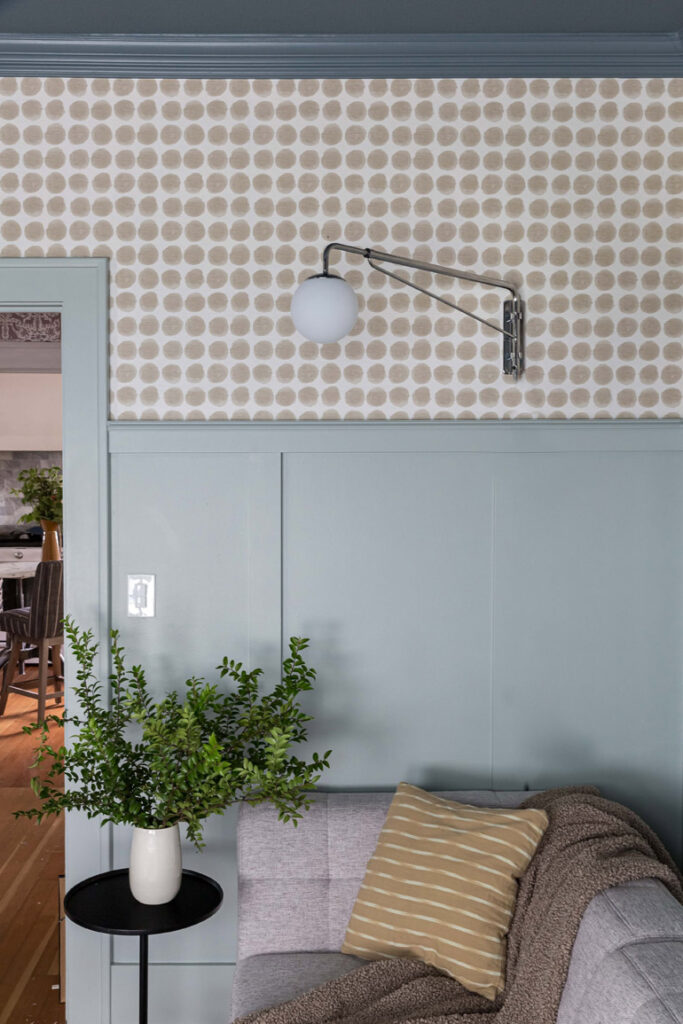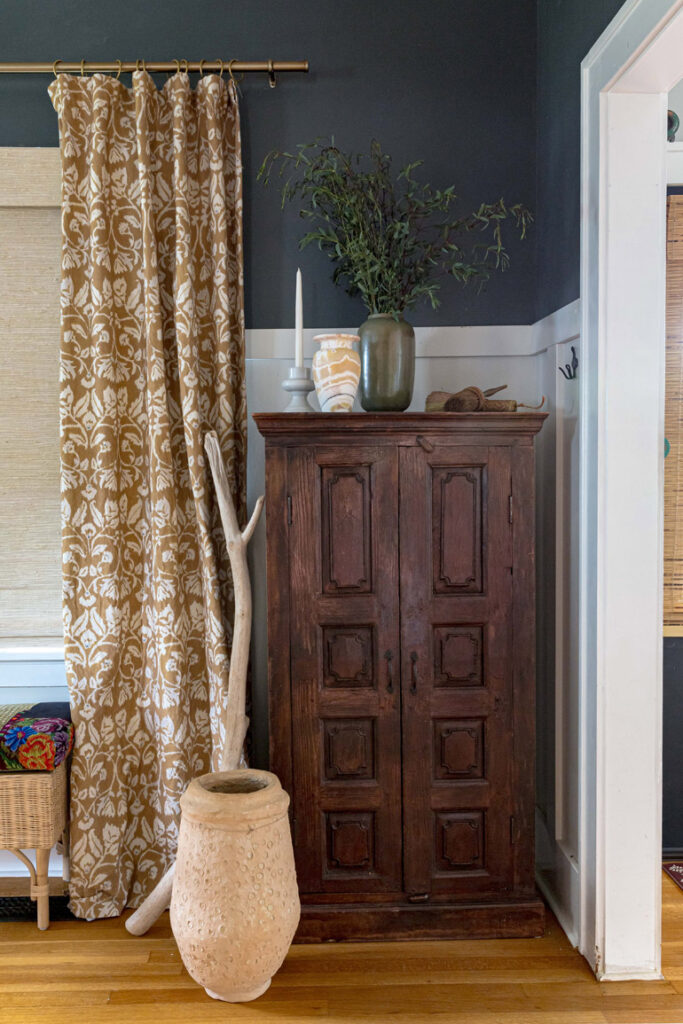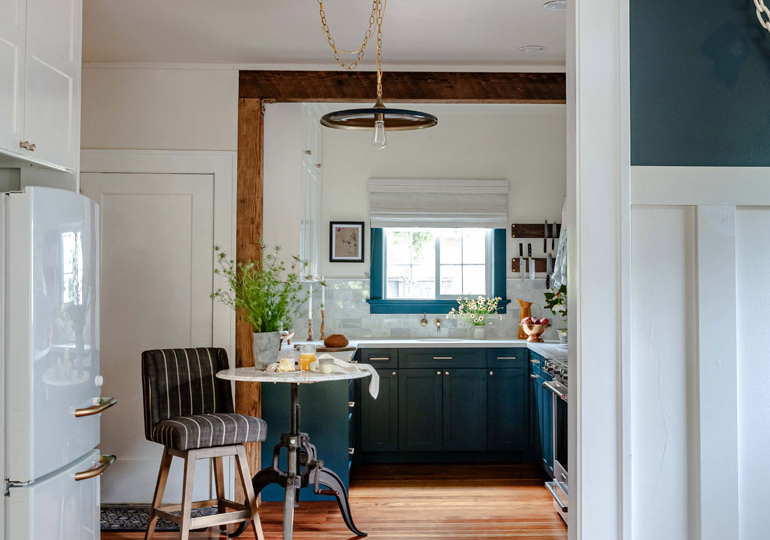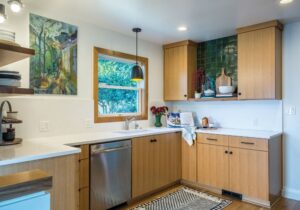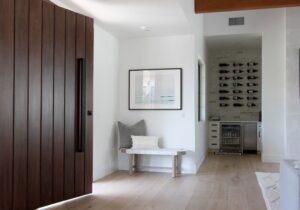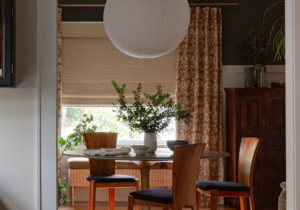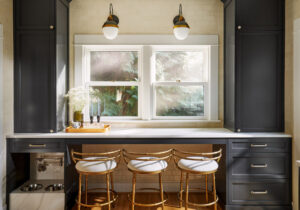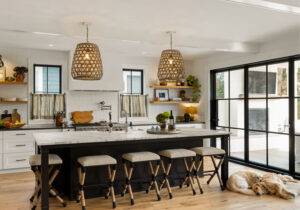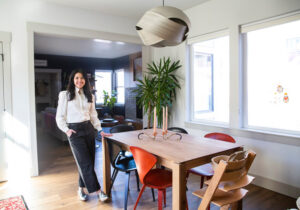A Portland designer found her way into the design world with a 1920 Craftsman.
Photography by Genny Moller and Lisa Haukom | Styling by Colleen Mote
When Emilia Callero and Jake Creviston first entered the Portland real estate market in 2016, they had certain expectations about how it was going to go. The city was in one of its hottest real estate bubbles in history, and properties were going in two days, with several offers. The couple had planned to search for a few months before landing the right place, but they ending up touring — and eventually buying — one house. It was a bank-owned, “marked” property in North Portland’s Arbor Lodge neighborhood where the owner, a vet, had died by suicide.
“Most people are really spooked by that,” says Callero, the lead for the interior design firm Emilia Decor. “We weren’t.”
Most historic homes need a lot of love — but Callero and Creviston might have been the best, most qualified people for the job. At the time, Callero was a budding interior designer eager for an all-consuming project she could use to build her portfolio. Her husband, Jake, is a psychiatric nurse practitioner who was working with veterans coming back from Iraq and Afghanistan. He also loves to build and was ready to take on major DIY house projects.
“The whole place felt like it needed an injection of something,” Callero says. “I wanted a place where I could really get my hands dirty and learn.”
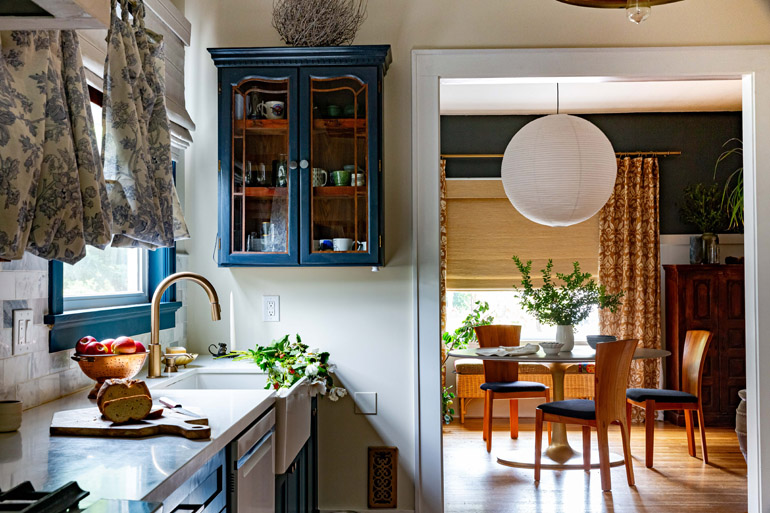
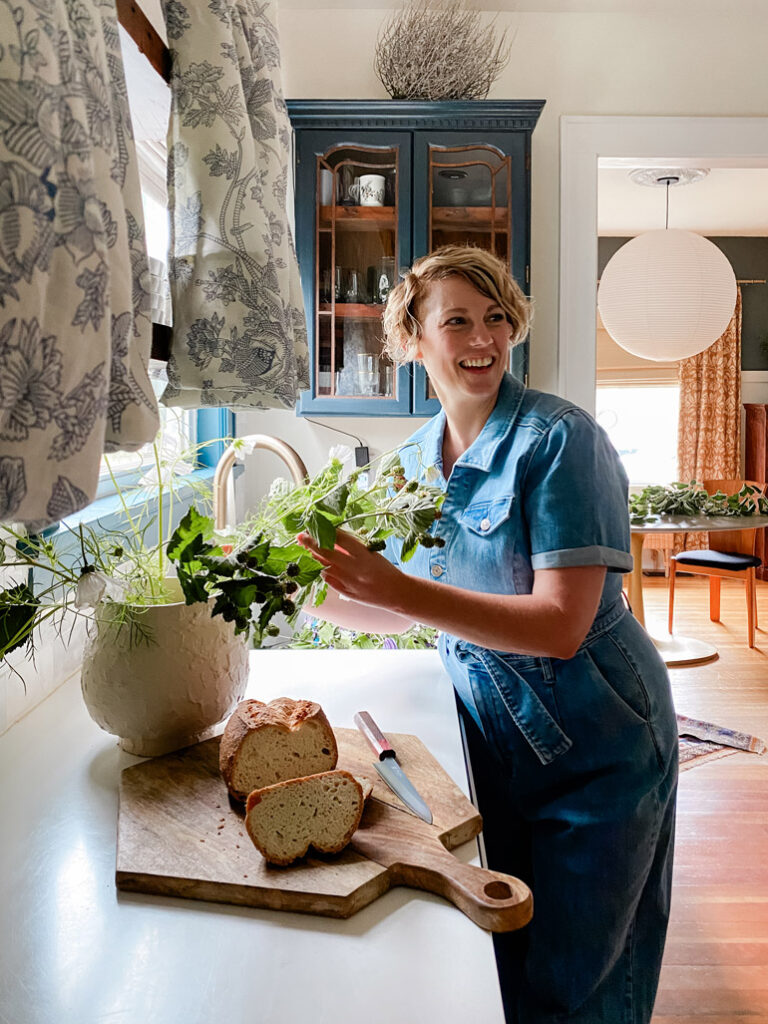
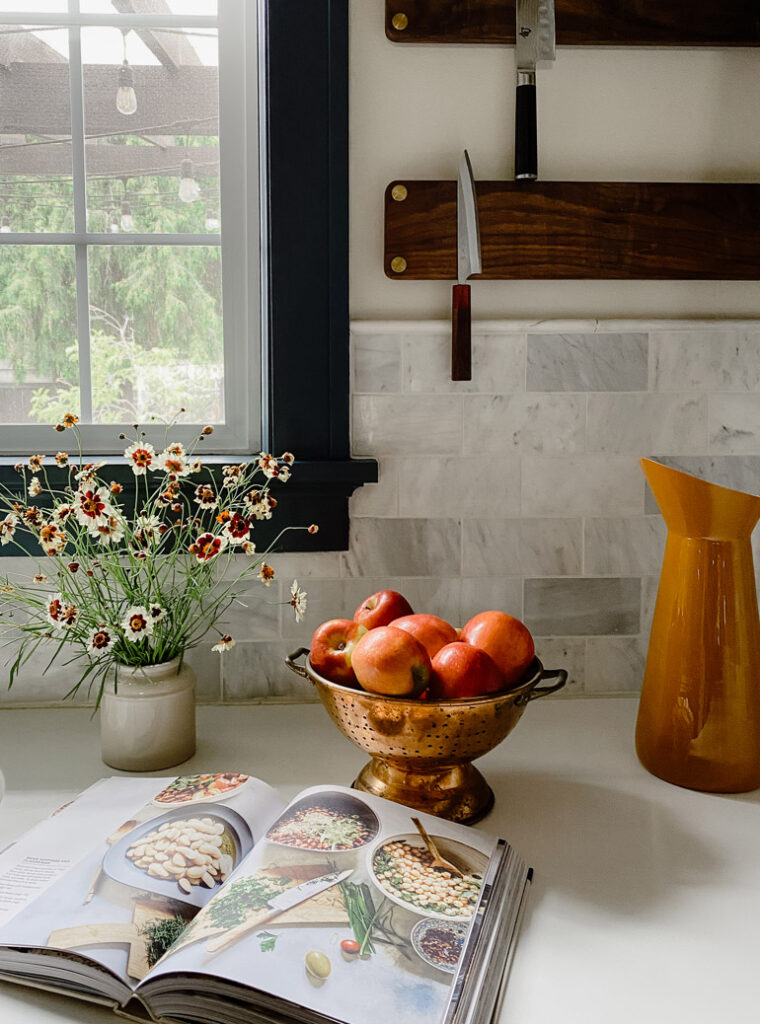
The first room they tackled was the kitchen — which was really just a closed-in butler’s pantry about the size of a closet. It had no cabinetry, no room to move around, so they took it down to its studs, completely redid the floor plan and opened up the space. Today it’s a place of love and light perfect for a young family life (they are also parents to children Olive, 5, and Lucca, 2).
In the living room, they peeled off red-and-white circus tent wallpaper and added a large globe pendant light. Callero found workarounds for the Craftsman’s storage limitations by reupholstering an IKEA bench for the kids’ gloves and hats.
In the library, they added built-in bookshelves with their own lighting system designed by Creviston. He also styled their stairwell at the back of the home with cheeky black-and-white photography.
They set up the main living room to be a calm space where their daughter can play “office” and the whole family can have second breakfast on the weekends.
As they shape their spaces, the couple has been figuring out how to meld their very different styles and persuasions, much the way a couple might find balance in a marriage therapist’s office. Hers is a playful mix of modern, traditional, global and bohemian, and his is a little punk rock.
“He’s way more edgy than me,” Callero says. “He grew up in mosh pits, and I was that dreamy kid over there reading books in the sun.”
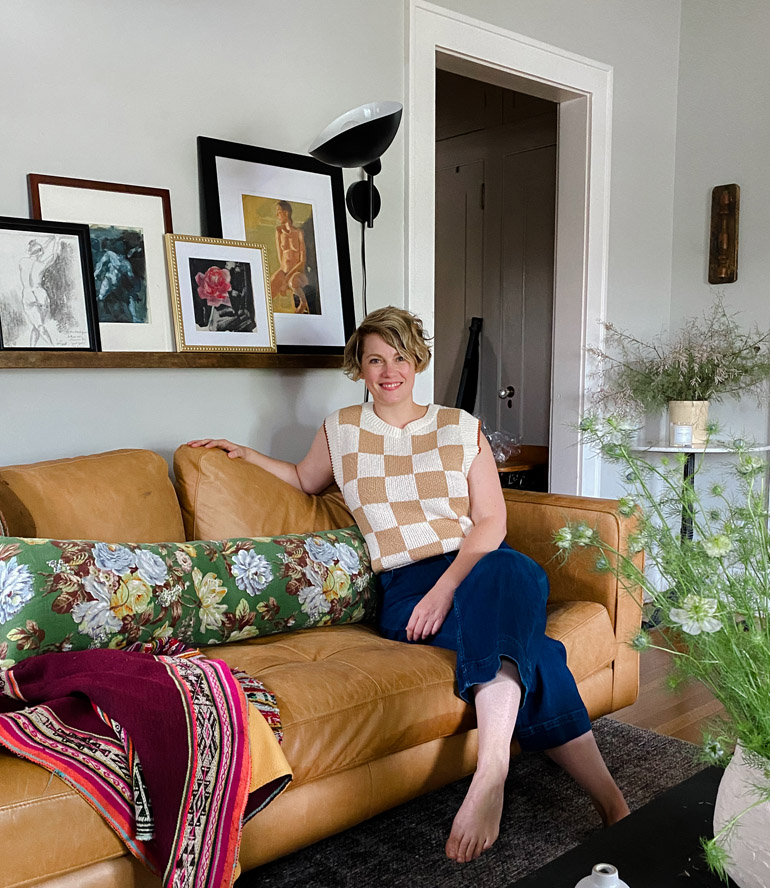
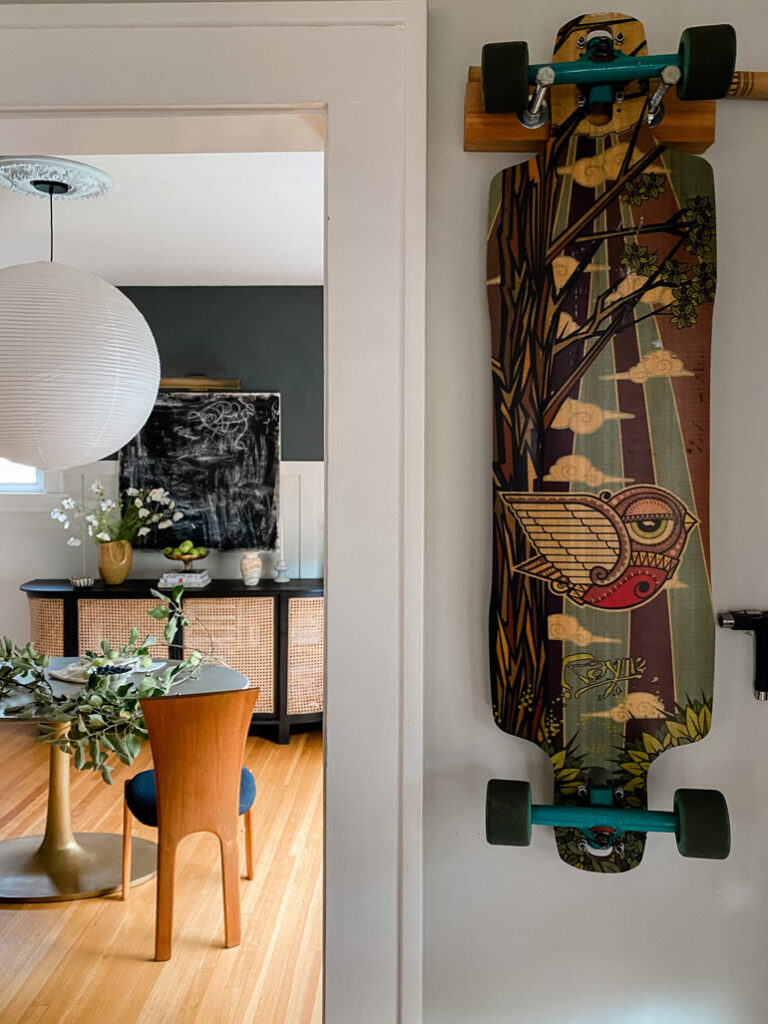

Callero might throw Grandma’s handmade lace on the dining room table, while Creviston paints all of the trim in the upstairs black. Callero will pick a muted graphic wallpaper inspired by her time living in Mexico, while Creviston hangs a skateboard on the wall. It all works — an eclectic mix that feels personal and soulful.
“I see this with every couple I work with,” Callero says. “Every single time, the couples learn about what they each like and how they each relate to things like color and pattern.”
Callero, who is self-taught, has seen her own style grow and change throughout the process. With kids in the home, she’s less in love with open shelving in the kitchen — “Never again, for me,” she says — and more confident and bold in how she sees and uses color in her designs. Her overall color palette has changed a bit, but not her intuition with color, something that attracts clients to her design work.
“I’m always drawn to color — across the spectrum of tones and hues,” Callero says.
And living with someone who has his own aesthetic drives and desires — and who works as a therapist — has given them both a great understanding about the ever-changing conversation that needs to happen about how to occupy a home in a partnership. Callero has built those discussions into her design process, always starting with those crucial conversations necessary to really get to know her clients.
“Design is kind of like marriage,” Callero says. “We are never like: Oh, we got it, we figured out your style and my style and how to blend it. It’s been great to just realize that we’re always going to be tweaking things, in every house we live in, forever.”
